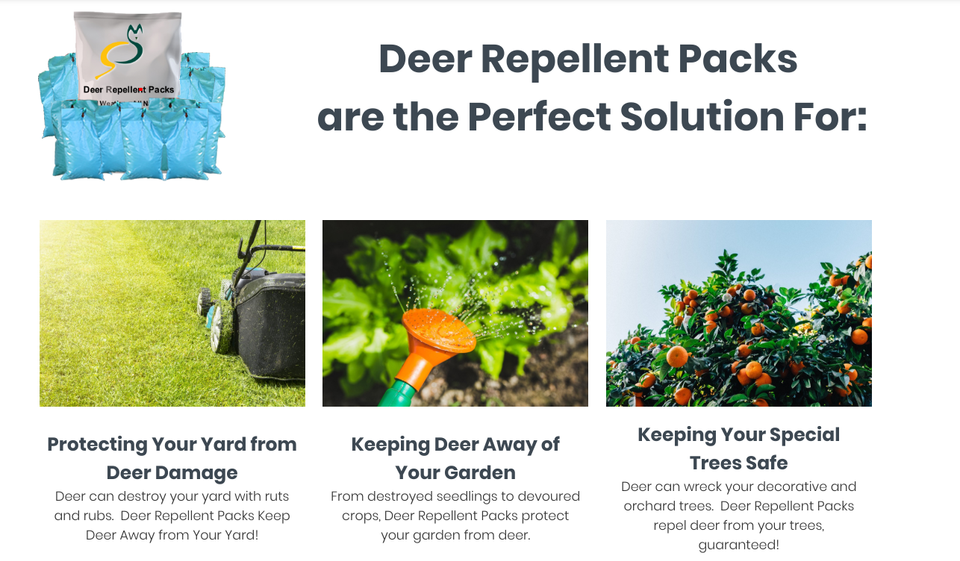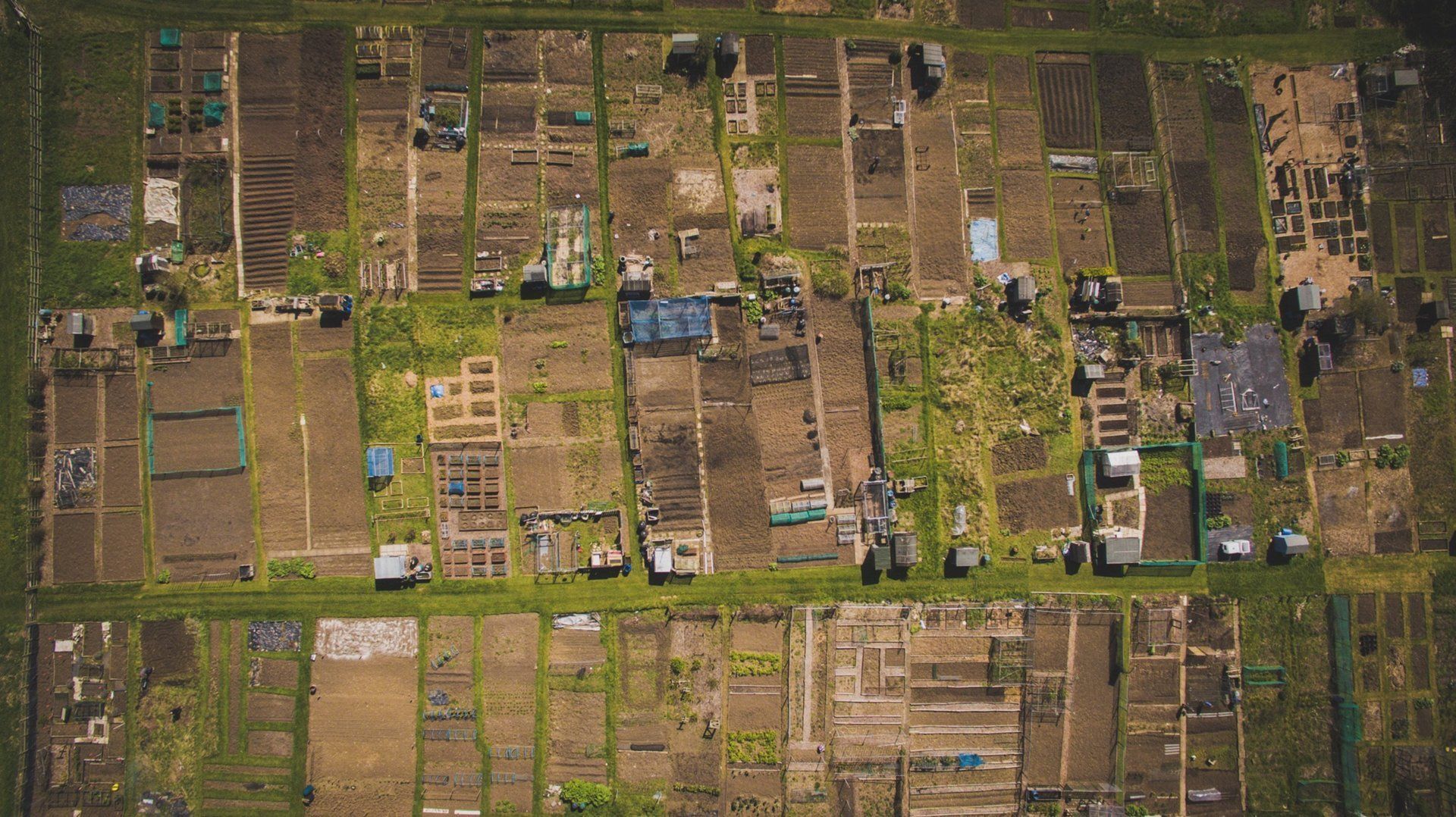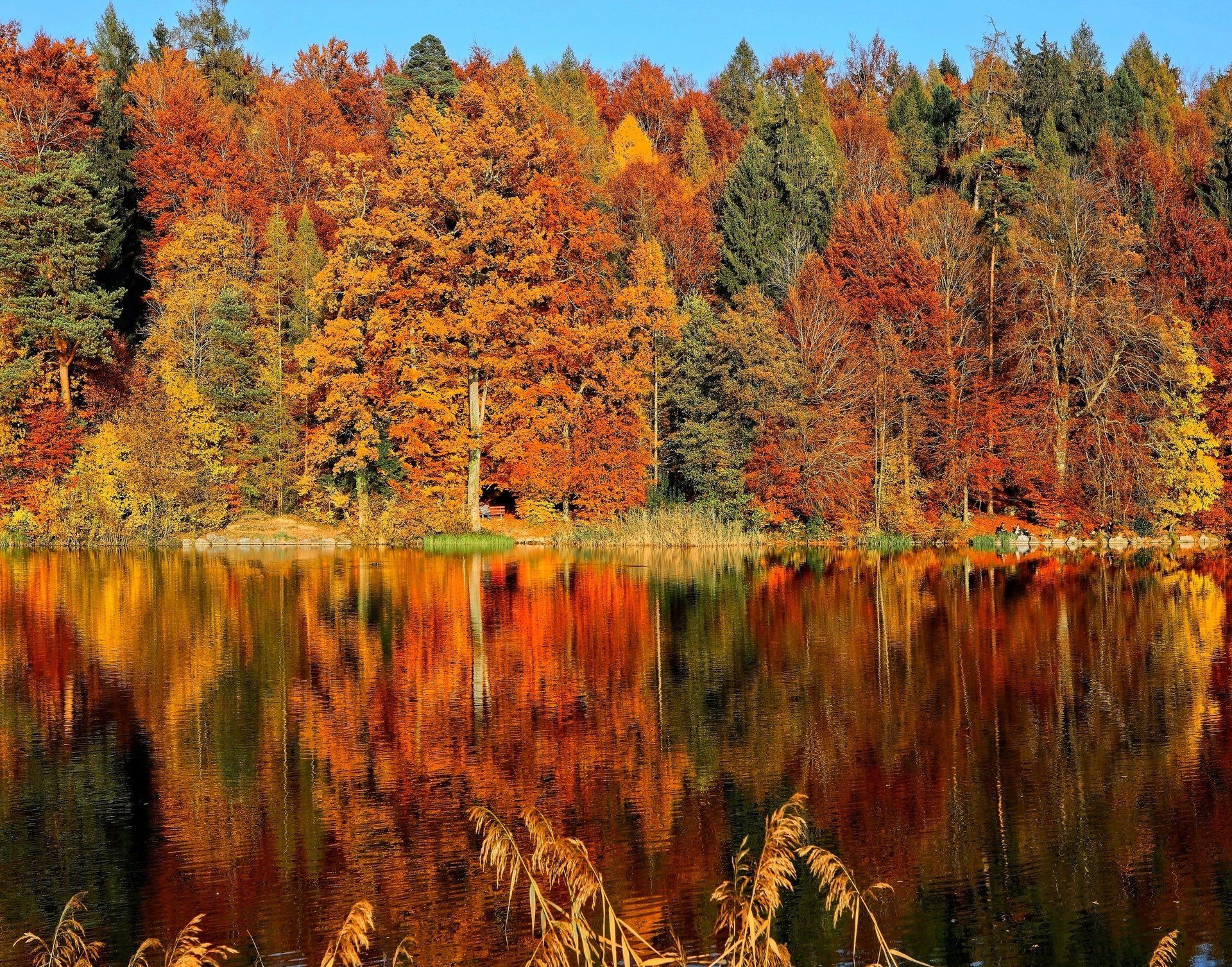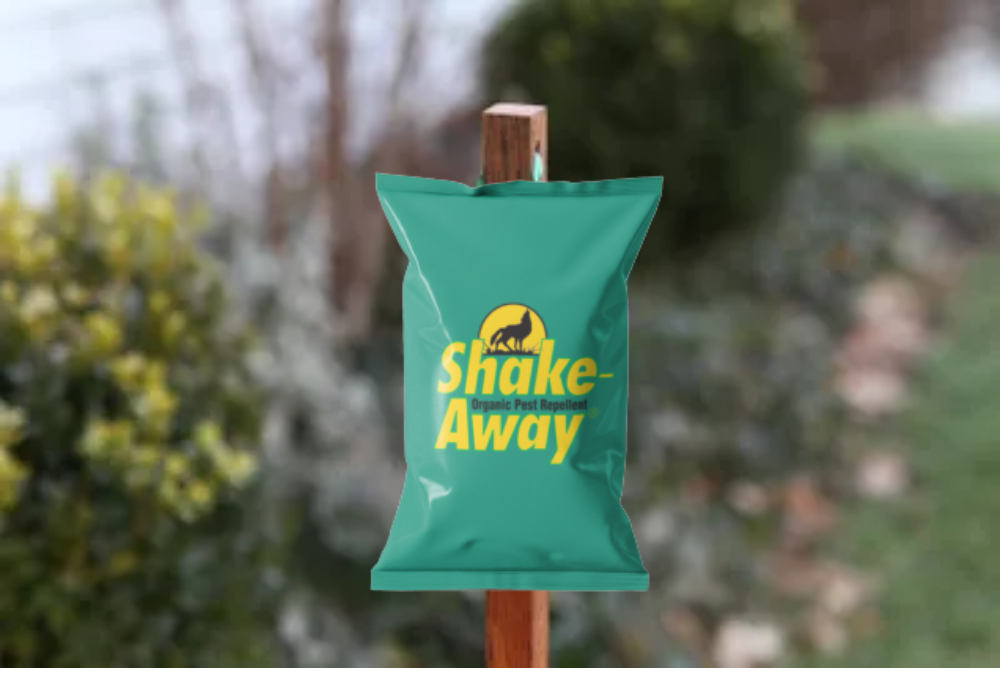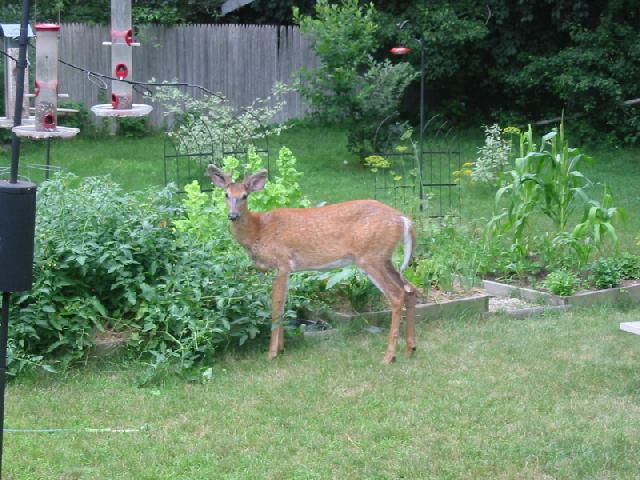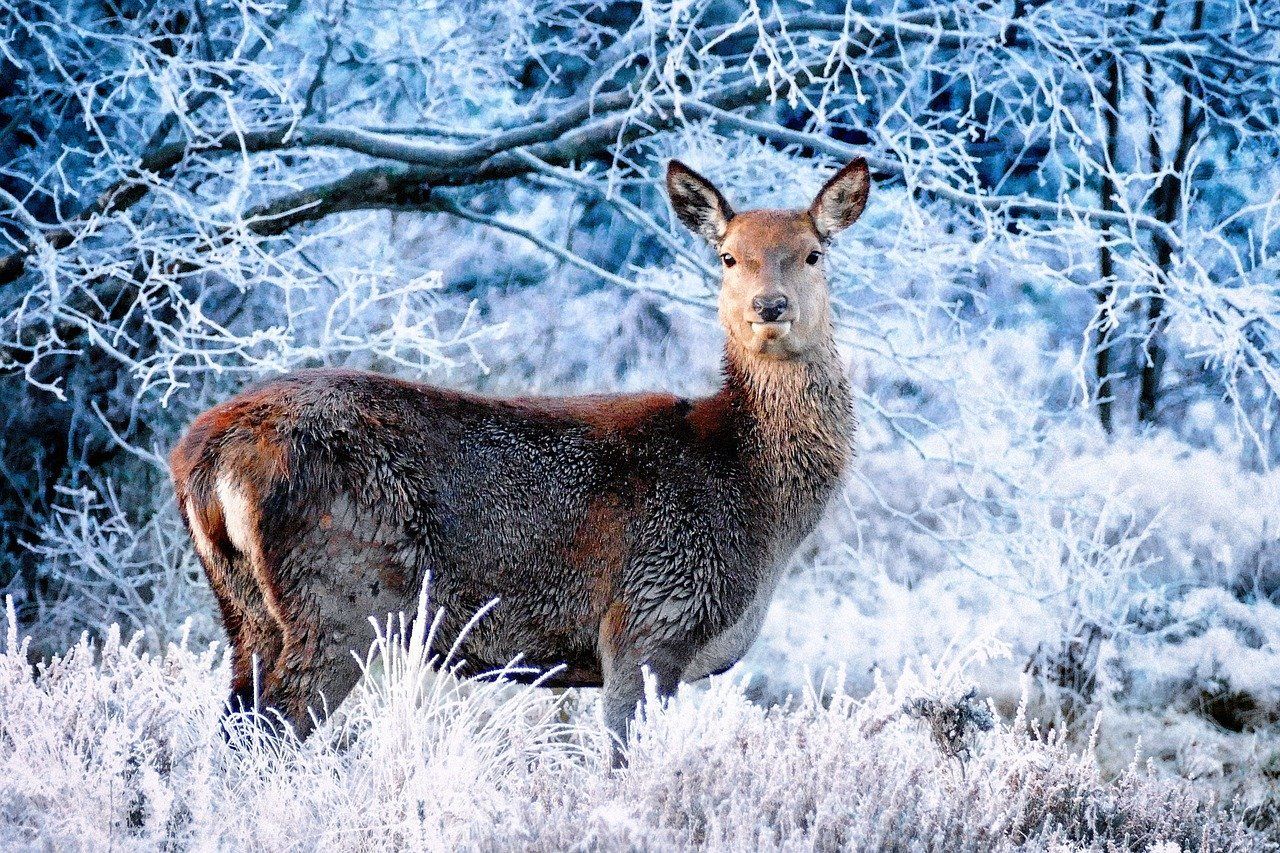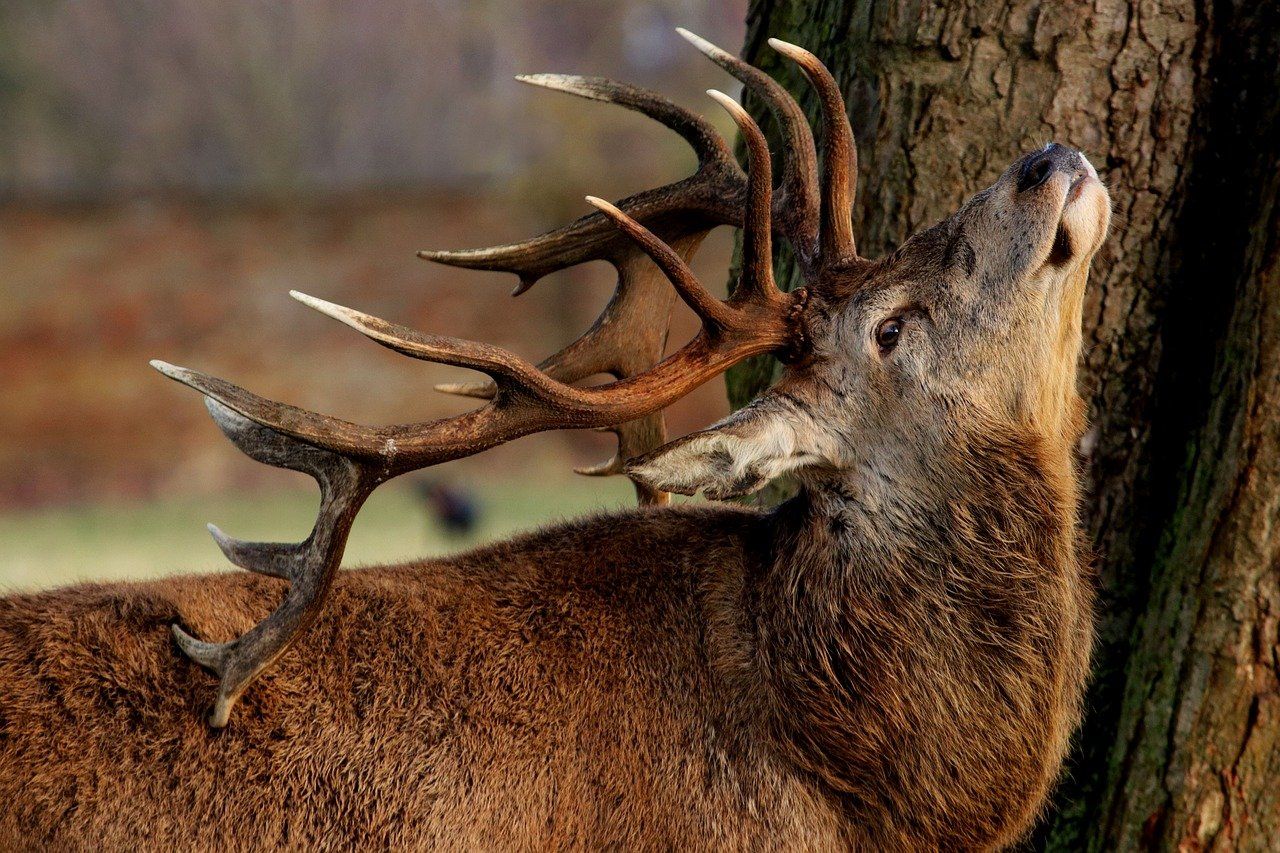Deer In Summer - How They Impact Your Yard & Garden
Summer means unique deer problems
As anyone who deals with deer knows, it can be a year-round struggle to keep your yard and property safe from these graceful yet determined pests. Every season is a little different, and knowing what to expect from deer in the summer can make it easier to handle.
Deer Eating Your Garden
At this time of year, having local deer devour your vegetable garden or flower beds is probably the biggest impact you'll have to deal with. They are known to eat just about anything you might be growing, whether it's flowers, vegetables or herbs.
While deer may still nibble on fresh green leaves on your trees, they probably won't do too much damage peeling off or chewing on the bark. That's more of a winter concern when other green food isn't available. With all the fresher plants around, they won't be bothered with your trees. Wrapping them isn't necessary in the summers, at least not as a protection from deer. Porcupines may still gnaw on them, but that's another story.
Broken Decor or Furniture Caused by Deer
Weighing more than 100 pounds on average, a deer can do a fair bit of damage just by wandering around your property where they shouldn't. They can push over fence posts, up-end a bird bath or scratch up decks with their sharp hooves.
Unless you happen to have a very used-to-humans group of deer, they aren't going to spend too much time right up near the house.
Dealing with Deer in Summer
Whether you need to protect your garden or your decorations, there are a few things you can do to keep the deer from spending too much time in your yard. Unless they are very used to being around humans, deer can be scared off fairly easily.
Wind chimes or even foil pie plates hung on strings can work for skittish deer, or you can invest in something more sophisticated like a sprinkler system that works with a motion sensor. When an animal walks by, the water turns on and gives them a shocking spray. Just make sure that your neighbors know enough not to walk too close to the garden, or they may get the spritz.
A more sure-fire approach is to take advantage of a deer's natural fear of predators , and trick them into thinking that there are coyotes nearby. It's an easier technique than you might realize. Deer repellent packsthat simulate coyote scent can be placed around the property to encourage the deer to stay clear of the area. They work well in the summer because the weather won't effect them, and they easily last for 3 months.
Abandoned Fawns
This may not be something you literally have to deal with in your yard, but it comes up more often than you might think in areas where populations of deer are close to civilization. People find fawns, all alone, hiding in the grass and take them to local wildlife rescues as abandoned. The fact is, a doe will normally leave a fawn alone like that because the young are so well camouflaged and actually safer when hunkered down in long grass.
So if you do find a lonely looking baby deer, you should just leave it alone. Perhaps let the local wildlife rescue know about it, so they can do a double-check. Chances are, the little one is fine.
Deer can be a problem any time of year, but these are the main ways you can be impacted by their activities during the summer.


